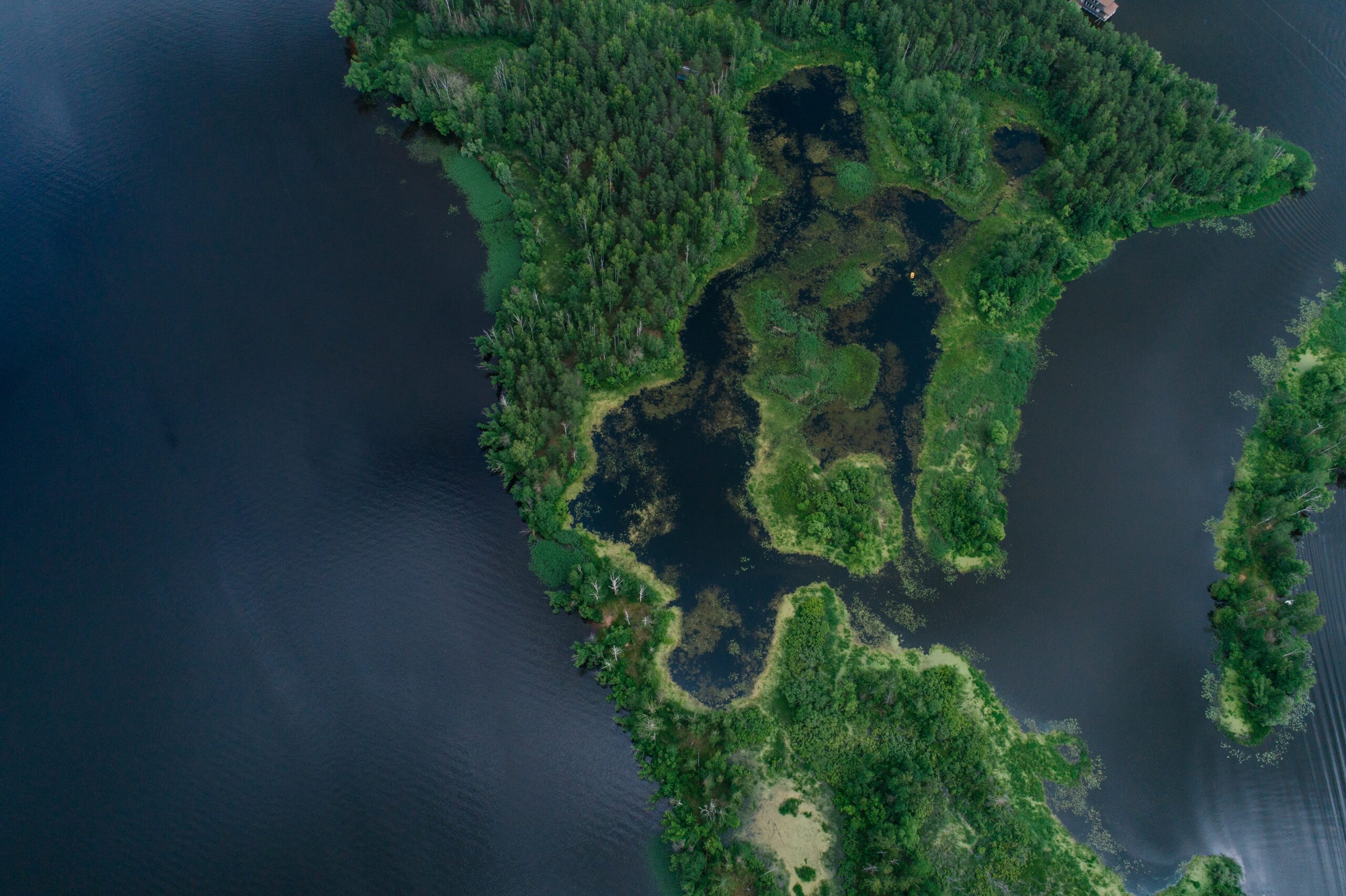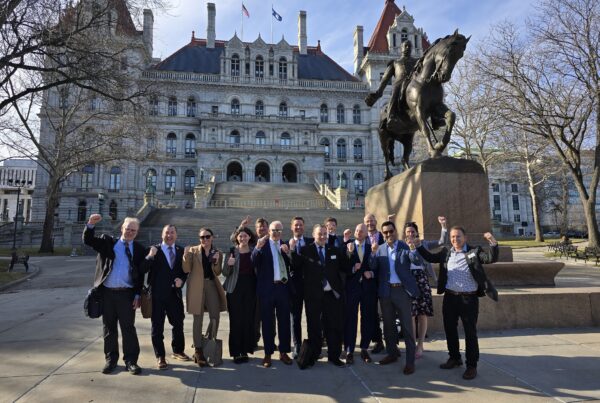Many are familiar with “reduce, reuse, recycle,” a slogan that’s been broadcast since the 1970s to encourage more sustainable waste management. Americans and environmental activists were the first to coin the phrase when they demanded the government pay more attention to issues surrounding water and air quality and waste management. Many businesses and institutions rallied around this movement once they noticed the growing movement toward environmental consciousness.
Unfortunately, the true message of “reduce, reuse, recycle” gets lost in over-priced, “made from recycled plastic” products. Rather than creating a system that fully addresses each of the R’s, consumers and producers rely too heavily on the latter: recycling. What’s left behind? Well, more waste because the reduction of waste was never truly confronted.
The reality is, that the phrase simply isn’t enough to fully address the growing climate crisis around the world. A better solution is needed to enable systems, institutions, and businesses to reuse resources, utilize byproducts, and reduce waste. Talk about the circular economy is a growing and evolved conversation from one we’ve had for decades prior.
But what is the circular economy and how is it a solution for the current climate crisis?
What is a Circular Economy and How Does it Work?
Companies shape their zero-waste manufacturing initiatives according to the linear framework that only the desired final product will be at the end of the supply line, without considering the opportunities of a circular system that utilizes byproducts. Transitioning from a linear to a circular system presents a real opportunity because it prioritizes the regeneration of natural systems to decrease waste and extend the longevity of manufactured products.
According to the Environmental Protection Agency (EPA), a circular economy is “an economy that uses a systems-focused approach and involves industrial processes and economic activities that are restorative or regenerative by design.” The model innovates every step of the production and consumption processes from design and product manufacturing to distribution and the handling of those products at the end of the cycle.
For example, a circular system addresses waste management at the beginning of the cycle, encouraging manufacturers to utilize leftover materials and leave as little waste as possible only at the end of a product’s life. Traditional manufacturing processes often toss these leftover materials, or byproducts, when they can be reimagined in other ways.
What are the Benefits of a Circular Economy?
Waste management is a huge focus in a circular economy, but there are plenty of other ways the system benefits the environment and people. Our current system poses a significant threat to our ecosystem, earth’s biodiversity, and even our health. Installing a circular economic system creates a domino effect of benefits that truly benefit us all.
It helps our planet
A circular system is guaranteed to promote biodiversity, reduce waste, and regenerate natural systems because that’s what it’s designed to do. What does this mean for our planet? Impacts like reductions in waste, greenhouse gases, and material and resource consumption.
It’s healthier
A circular economy helps the environment, which helps us, too. Taking better care of the environment and promoting environmental systems means we can produce healthier, more nutritious food. Because a circular system also aims to support smallholder farms, it brings food production back to local communities; helping their economies and providing better food security.
Its cheaper and creates value
Many businesses hesitate to shift to a new system under the assumption that it will be expensive. However, according to the Ellen Macarthur Foundation, a circular economy is designed “for durability, reuse, remanufacturing, and recycling to keep products, components, and materials circulating in the economy.” For example, by reutilizing byproducts and waste, companies can decrease the costs of raw materials and even require fewer materials to create a product.
The ever-increasing issue of climate change and the parallel consumer demand for improved action gives businesses indicates that our systems need to change. Businesses now have an opportunity to lead the charge in transitioning to a circular economic system, which reduces environmental impact, increases productivity, and improves relationships with consumers.
About Sustainable PR
Sustainable PR is a green public relations agency dedicated to advancing the growth and success of businesses with a mission in sustainability. As the green economy grows, Sustainable PR aims to boost the sustainability sector by supporting the success of companies meaningfully tackling the oncoming climate crisis and helping to move the economy forward towards a post-polluting world.
Founded in 2020, the company wins top media placements, develops key brand messaging and builds award-winning campaigns which help companies realize their sustainability commitments and take advantage of a growing sustainability market — all while contributing to a greener planet. For more information about the company’s mission and services, contact us for a free video consultation on your green messaging or call (518) 223-9962.





